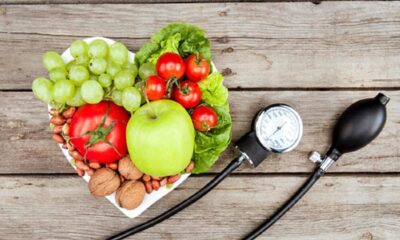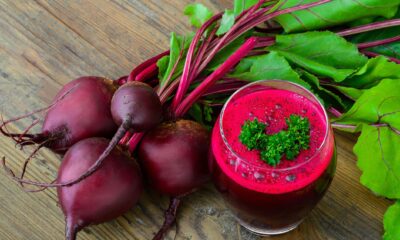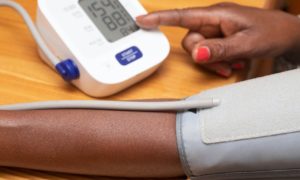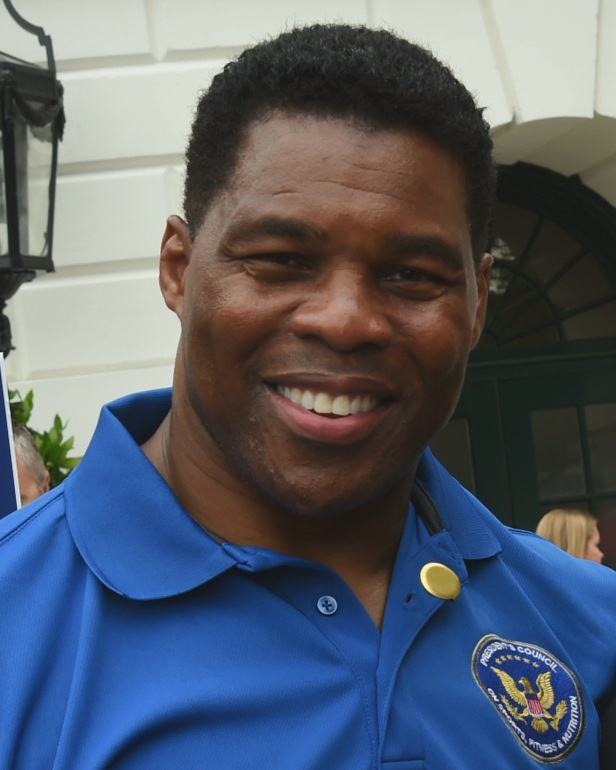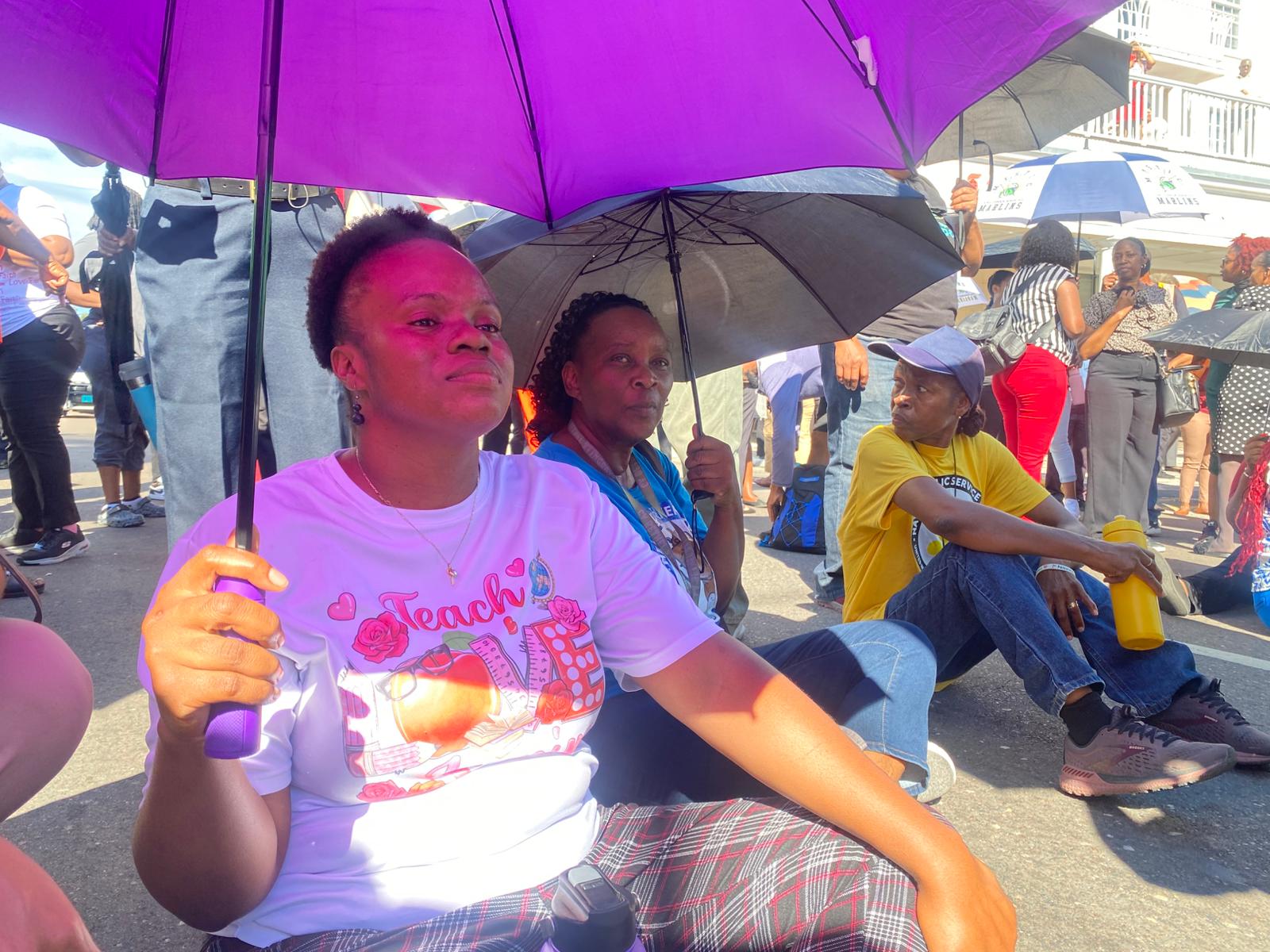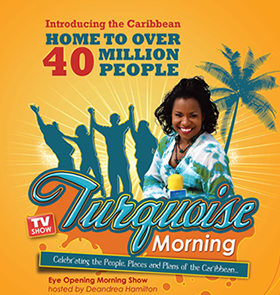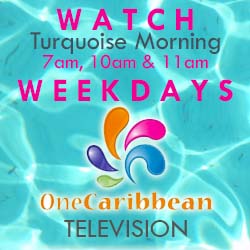By Shanieka Smith
Staff Writer
VERVINE
You may know it as the Wild Hyssop; American blue verbena, mosquito plant, holy herb or simpler’s joy. You may even know it because of its rich purple colour or its tiny and delicate leaves and five-petaled blossoms. But what you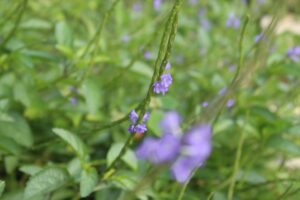 really need to know is that Vervain has several healing properties; it is anti-inflammatory, antibacterial, antispasmodic, and analgesic (pain-relieving).
really need to know is that Vervain has several healing properties; it is anti-inflammatory, antibacterial, antispasmodic, and analgesic (pain-relieving).
Among its purported benefits, vervain is used to treat headaches, other aches and pain, insomnia, digestive dysfunction, depression and anxiety, and upper respiratory tract infections.
This means it’s perfect for the time we live in now as the coronavirus infamously attacks respiratory systems.
NEEM
Neem – the tree for solving global problems grows “almost anywhere” in the lowland tropics.
So, if you don’t already have the broad-leaved evergreens in your backyard, it’s not too late to start growing it.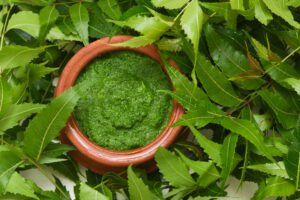
Every part of the Neem tree is beneficial: the bark, leaves, seed, fruit, and twigs. It has over 130 biologically active compounds that can keep viral and bacterial diseases at bay. It is also a powerful immune stimulant.
Yes, it is bitter and has a garlic, nutty aroma but that is a sign that it is good for your body but not so good if you are trying to become pregnant, according to experts on the plant.
Neem is “A” class, which means it is antiviral (inhibits the growth of viruses), antifungal (inhibits the growth of fungi), antibacterial (destroys the growth of bacteria), analgesic (provides pain relief), anti-inflammatory (reduces certain signs of inflammation, swelling or tenderness), antimicrobial (destroys the growth of microorganisms) and it is age-defying.
MORINGA
As everyone is in survival mode, Moringa, the survival food, which contains all the nutritional elements may be just what you need.
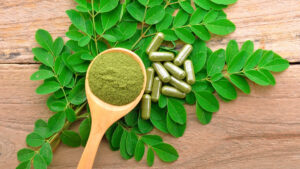
moringa leaf and powder capsule on a wooden background
Moringa has protein, calcium, eight of the nine essential amino acids, iron, Vitamin C and A minerals and more. The best part is that all parts of the Moringa plant have their unique health properties and you have different ways to use the plant.
Moringa leaves can be dried and grounded in powder form or as supplements. You can also use it to make an essential oil as well as a delicious drink from fresh leaves.
To improve both health, cure digestive disorders, protect your heart and cardiovascular system, reduce blood sugar levels, boost energy levels and immunity, try Moringa.
CERASEE
“Go home Elena, go home Elena, go boil Cerasee fi yuh belly” – This Caribbean folk song was loved more than the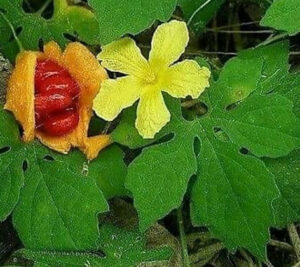 plant itself. But if your grandmother could not convince you enough, COVID-19 is here to remind you that your body needs to remain healthy and Cerasee can add to your body that renewed look and feel. The fruit, leaves, and seeds of the bitter melon plant have medicinal properties and are used as traditional medicine in many parts of the world. The herb is a natural detoxifier, containing vitamins A and C, as well as phosphorus and iron.
plant itself. But if your grandmother could not convince you enough, COVID-19 is here to remind you that your body needs to remain healthy and Cerasee can add to your body that renewed look and feel. The fruit, leaves, and seeds of the bitter melon plant have medicinal properties and are used as traditional medicine in many parts of the world. The herb is a natural detoxifier, containing vitamins A and C, as well as phosphorus and iron.
It is mostly used to make a hot beverage to calm symptoms of hypertension, diabetes, liver problems, fever, and constipation.
LEAF OF LIFE
Miracles still happen and if you do not believe, have a nice warm tea or a cool blended drink made from the Leaf of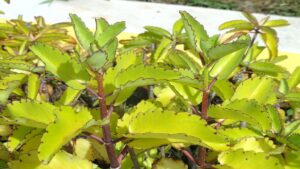 Life. You can also enjoy the raw plant. The tall, erect, succulent perennial herb is native to Madagascar and has become naturalised in tropical and subtropical areas.
Life. You can also enjoy the raw plant. The tall, erect, succulent perennial herb is native to Madagascar and has become naturalised in tropical and subtropical areas.
It is used as a herbal remedy to treat respiratory conditions like asthma, colds, coughs, shortness of breath and bronchitis. The Life plant has several health and beauty benefits and the good news is, you can even have it as a houseplant.
ALOE VERA
Aloe for the hair, aloe for the skin, and aloe is also for the immune system.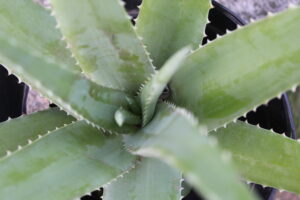
The Aloe Vera plant is packed full of immune-boosting polysaccharides, just what you need now to strengthen your body and build resistance against harmful bacteria and viruses. Along with being used in cosmetics, the thick, short-stemmed plant has antioxidant and antibacterial properties that help to inhibit the growth of certain bacteria that can cause infections in humans.
It also enhances insulin sensitivity and helps improve blood sugar management, so if you are diabetic, it is good to add Aloe Vera to your medicinal list.
PAPAYA
A single papaya contains more than 200% of your daily requirement of Vitamin C, another booster for your immune system.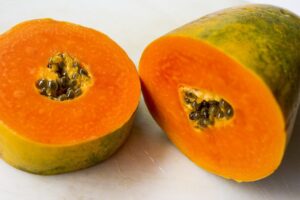
Papaya trees are almost everywhere on the island, so you have no excuses. Moreover, the nutrition filled fruit is not only a healthy choice, it’s a tasty one too.
Add papaya to your fruit salad, scoop the raw fruit with a spoon, blend the seeds into a creamy salad dressing and don’t forget to add the green fruit to your meat pot.
As you enjoy the juiciness and freshness of the fruit, it will help your body to reduce stress, prevent cholesterol build-up, arthritis, and ageing. The leaves are also proven to be helpful in preventing cancer.
Papaya is also one of nature’s natural contraceptives, they say.
LEMONGRASS
This tall grass-like herb has a fresh, clean, lemony scent.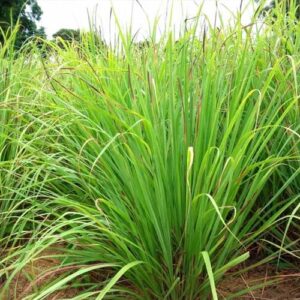
Lemongrass or Fever grass is commonly taken orally, applied directly to the skin, or inhaled as aromatherapy.
It contains substances that can relieve pain and swelling, reduce fever, improve levels of sugar and cholesterol in the blood, stimulate the uterus and menstrual flow, and it has antioxidant properties.
A hot cup of lemongrass tea every morning can significantly improve your health.
Also, the leaves and the oil are used to make medicine. So what better way to enjoy the benefits of this herb than to grab it fresh from your backyard and enjoy the pure scent and the soothing taste?
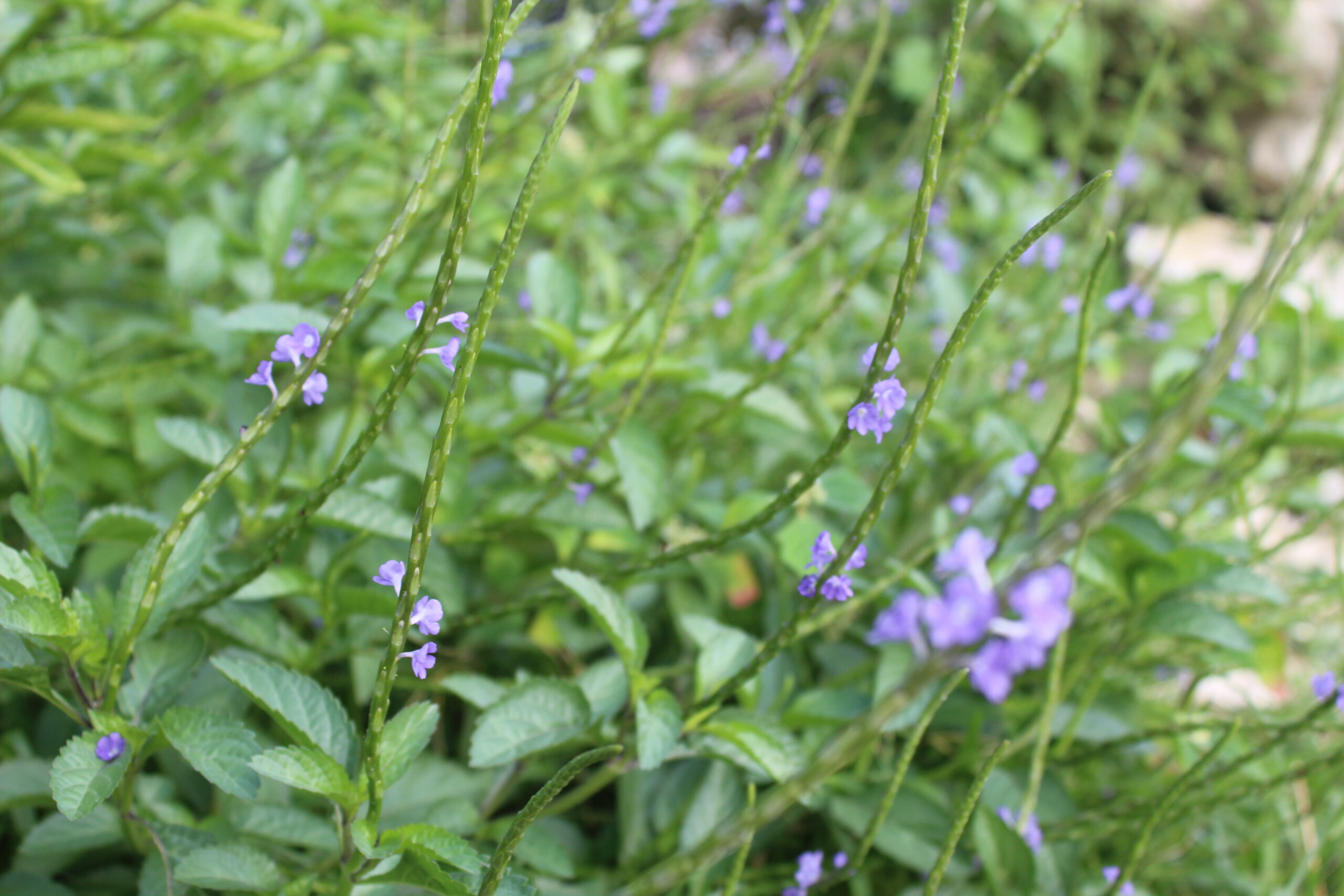

 Health6 days ago
Health6 days ago
 world news6 days ago
world news6 days ago
 USA1 week ago
USA1 week ago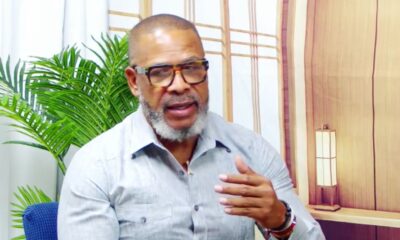
 TCI News6 days ago
TCI News6 days ago
 TCI News6 days ago
TCI News6 days ago
 USA6 days ago
USA6 days ago










